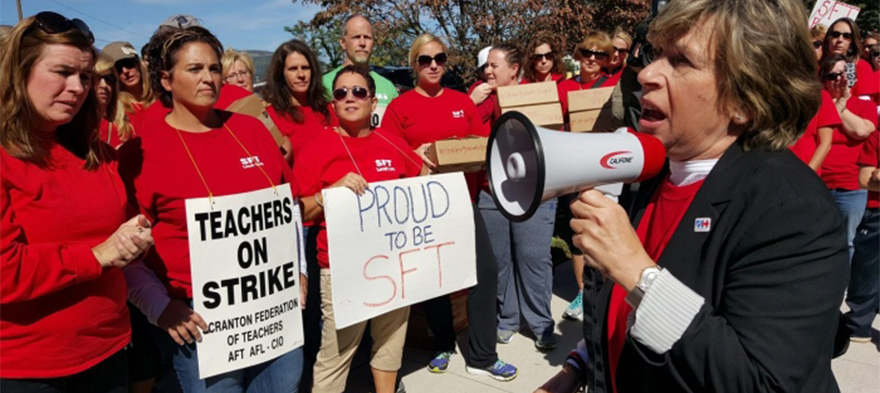
Max Marchitello is a senior analyst with Bellwether Education Partners in the policy and thought leadership practice area. Prior to joining Bellwether in June 2016, Max worked as a policy analyst on the K-12 education policy team at the Center for American Progress, where he focused on standards, accountability, and school finance. Before that, Max was the inaugural William L. Taylor Fellow at The Leadership Conference on Civil and Human Rights. Max also taught high school English and coached basketball in Philadelphia. Max holds a master’s degree from the University of Pennsylvania and a bachelor’s degree from the University of Chicago.
If you have a child with disabilities, you’re not alone: According to the latest data, over 7 million American schoolchildren — 14% of all students ages 3-21 — are classified as eligible for special...
The fight for educational equity has never been just about schools. The real North Star for this work is providing opportunities for each child to thrive into adulthood. This means that our advocacy...
The story you tell yourself about your own math ability tends to become true. This isn’t some Oprah aphorism about attracting what you want from the universe. Well, I guess it kind of is, but...
Your donations support the voices who challenge decision makers to provide the learning opportunities all children need to thrive.
Ed Post is the flagship website platform of brightbeam, a 501(c3) network of education activists and influencers demanding a better education and a brighter future for every child.
© 2020–2024 brightbeam. All rights reserved.